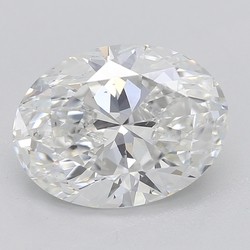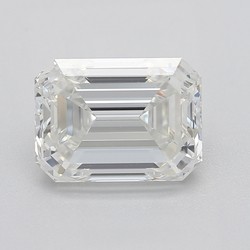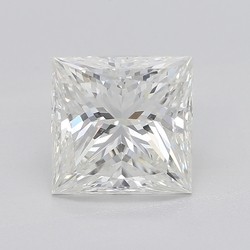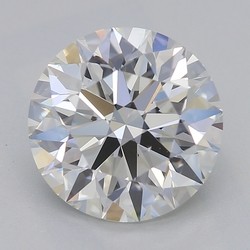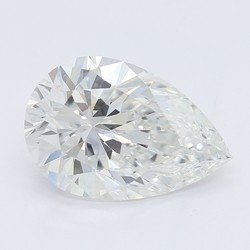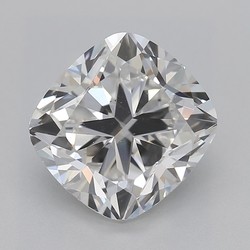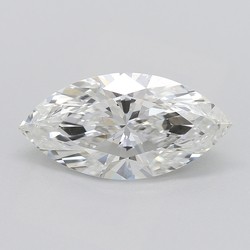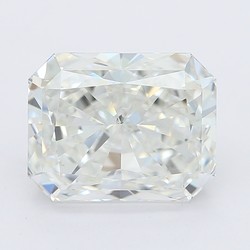South African Diamonds
Key Takeaways
- South Africa is home to a number of notable diamond discoveries. The Cullinan, also known as the Star of Africa, was the world’s largest gem quality rough stone at 3,106.75 carats. The Eureka, a yellow-ish, shiny stone found in 1866, was confirmed to be 21.25 carats.
- The town of Kimberley holds particular significance to both the South African and global diamond mining industry. Founded by miners looking for diamonds, the local economy was buoyed by the interest, employment opportunities, and wealth. Globally, it’s where the Kimberley Process began, signaling the start of the fight against blood diamonds.
- South Africa, on the whole, is an example of positive power for the diamond industry. Its high levels of employment and opportunities for black-owned businesses to thrive offers plenty of tangible action and inspiration.
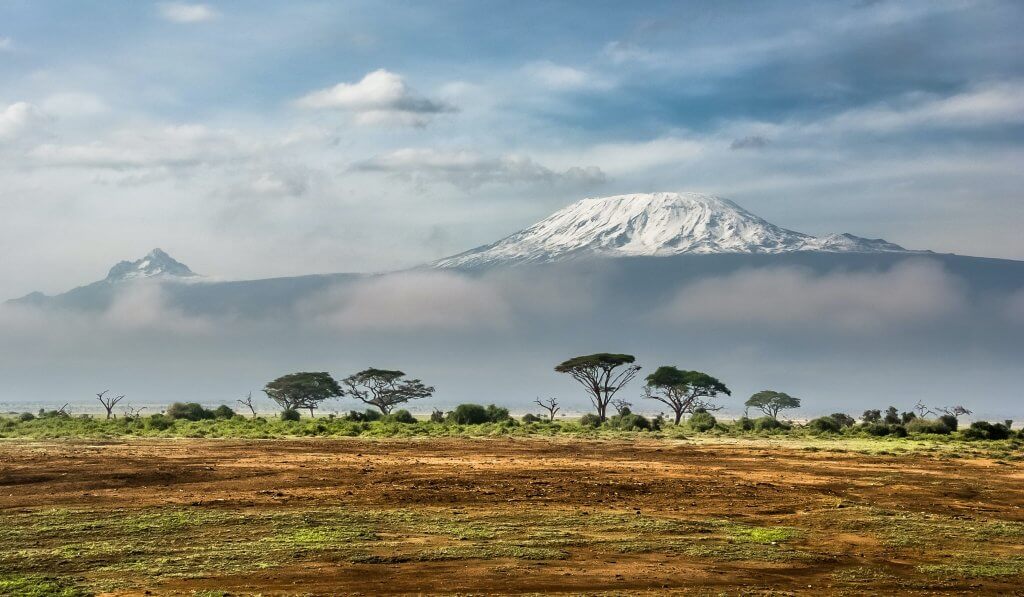
An environmentally and culturally diverse country, South Africa sits at the lowest point of the continent – an area covered by lush, green woodland, mountain ranges, plains parched for entire seasons, and subtropical forests. In northern South Africa, the country gradually gives way to the Kalahari desert, while its coastline meets with the Indian and South Atlantic Oceans.
It is, in brief, a highly unique country in terms of ecology, flora, fauna and, of course, minerals. From platinum and palladium and gold to coal and, as you might have guessed already, diamond, South Africa’s economy thrives as a result of its abundant natural mineral deposits.
South Africa has played host to some of the most awe-inspiring diamond discoveries the world has ever known. From the Cullinan – which, weighing in at 3,106.75 carats, was the world’s largest gem quality rough stone – to the Star of South Africa, the country significance for the global diamond industry extends far beyond its yearly production rate.
The diamond market is filled with stones sourced from South Africa. Here’s what you need to know.
The Background
Diamond discoveries in South Africa stem back to the nineteenth century. In 1866, the Eureka diamond – at the time, a ‘shiny’ stone with a rich yellow color – passed through a number of hands before it was confirmed to be a 21.25 carat rough diamond.
A few years later, with interest in South Africa’s potential for diamond mining still low, the Star of Africa underwent a similar journey from ‘interesting pebble’ to one of the most influential and recognizable diamonds the world has ever known.
It was at that point – when the Star of Africa was cut from the rough – that South Africa experienced a flurry of interest. The town of Kimberley – now famous for being the birthplace of the Kimberley Process – was created by miners looking to find their fortune in the area, much like the goldrush days of America. Of course, diamond miners couldn’t simply wander the bank of the Orange River, hoping to find another rival to the Star of Africa or Eureka – they had to start digging, and creating new methods for excavating kimberlite deposits efficiently.
The impact of this rush for South Africa was felt globally as the diamond market expanded. The influential diamond mining company De Beers began in South Africa, in response to the need for a more structured approach to mining kimberlite pipes.
And, alongside the global diamond market, South Africa’s economy evolved, too. The town of Kimberley, for instance, offered plenty of job opportunities along with housing, schools and hospitals. As in Botswana, South Africa was able to use the taxes generated through this new industry to improve infrastructure throughout the country (the town of Kimberley was the second in the world to receive electric streetlights, for instance) and to alter the unemployment rate with lasting, positive consequences that remain to this day.
What You Need to Know
A lot of South Africa’s diamond mining interests still fall under the remit of the De Beers group, which continues to invest considerable resources into ensuring that the environment and people involved in diamond production are not exploited or endangered by the very industry that employs them.
As we mentioned above, the town of Kimberley in northern Cape (now home to more than 225,000) played host to the commencement of the Kimberley Process back in 2000. This meeting proved to be pivotal in the fight against blood diamonds, which had been flooding markets as a result of civil wars that were, at the time, causing crises within Sierra Leone and Angola.
Following that seminal meeting, the next two decades saw remarkable, positive changes taking place throughout the diamond world. New policies designed to ensure that more and more countries – both within and beyond Africa – could turn blood diamond production into safer, fairer, and more positive industries, and that consumers could put their trust in some of the world’s largest producers of these beautiful stones.
South Africa is a strong example of the positive power countries can wield over their diamond industries. According to the Minerals Council of South Africa, 2019 saw more than 15,700 people employed within South Africa’s diamond mining industry.
The industry creates more opportunities for black-owned businesses to reach a global market – and for new generations to realize their true potential in an industry that, in some parts of the world, was once defined by major divisions between wealth and poverty, profit and exploitation.
As a result, there are plenty of remarkable stories of entrepreneurship – particularly from black communities. Diamonds Do Good, for instance reports on the story behind Nungu Diamonds – and the inspiration it can pass onto new generations of creatives and businesspersons living in Africa.
Famous South African Diamonds
It would be difficult to list just a few of South Africa’s most influential and headline-making diamonds. From the Cullinan, which now sits in the Sovereign’s Sceptre with Cross, to the Blue Moon of Josephine – a rare, Fancy Vivid blue Cushion cut diamond weighing 12.03 carats – the true scope of South Africa’s natural diamond sources can be celebrated in a brilliant array of color, light and sheer size.
One of the most famous is, of course, the Tiffany Diamond – a fancy yellow Cushion cut diamond that has been worn by Audrey Hepburn, Lady Gaga and Beyoncé, and remains on display within Tiffany & Co, Manhattan. The diamond was first discovered in 1877, and was purchased by Charles Tiffany himself for $18,000 – which, by today’s standards, sounds like a jaw-droppingly good deal.
Is it Safe to Buy Diamonds in South Africa?
While South Africa boasts a strong diamond industry, the rules for buying diamonds remain the same in South Africa as they do in any other part of the world.
Consumers should always ensure that they are buying their diamond from a highly reputable source – one who is transparent about their sources, and keenly aware of their own supply chains – and that their diamond is accompanied by a report from a reputable lab (preferably the GIA or, failing that, the AGS).
This is nothing more than the usual due diligence any consumer should do before they make an investment. However positive a country’s diamond industry is, knowing how to avoid a bad investment remains essential.
There will always be sellers in every part of the world, trying to take advantage of the gaps in shoppers’ knowledge in order to make a high profit on an inferior diamond. That’s why it’s so vital for anyone considering a diamond to do their research, and learn the ropes first.
Are South African Diamonds Conflict Free?
Yes. South Africa has been a member (and pioneer) of the Kimberley Process since its creation.
As a result, South Africa is considered a conflict free source for diamonds – and a great option for ensuring ethical sourcing. It has created a strong and durable industry that ensures continued growth and development across the country.
Are South African Diamonds Good Quality?
South Africa exports many, many beautiful and high quality diamonds from ethical sources every year.
Every country, however renowned its diamond reserves, will mine plenty of diamonds that are not quite up to most consumers’ standards – and many that exceed their expectations. South African diamonds are, fundamentally, no different to diamonds mined from any other part of the world, but they do represent an excellent choice for any consumer keen to make the most responsible choice they can.
Our Summary: Are South African Diamonds Good?
Yes! In terms of ethicality, diamonds sourced from South Africa are considered a highly positive choice for shoppers.
Considering the ethics of your diamond purchase is about more than ensuring that the diamonds being produced by that source are not used to fund conflict, and that those mining them are not being mistreated, exploited, or put in unsafe conditions. These days, it’s about considering quite how positive an impact the diamond industry can and does have on communities around the world, including South Africa.
Diamond mining in South Africa is thought to account for around 18% of GDP, which means that the positive impact it has on the country extends far beyond those who work directly in producing, cutting, and exporting these diamonds for the global market. The taxes alone generated by this industry help to support the country’s infrastructure, and prove that diamonds needn’t be synonymous with negativity.
The diamonds produced within South Africa are as diverse as the diamonds produced anywhere else in the world. From those that make headlines for their weight, color, or clarity to those that hold the power to light up your partner’s eyes when you propose, we’re confident that many of the South African diamonds on the market today are definitive crowd-pleasers, in every sense of the phrase.
At WillYou.Net, our commitment to ensuring that shoppers are able to get the best diamond for their engagement ring – and make the most informed choice possible, both for visual impact and for ethical considerations – drove us to create our Jewelry Store Locator. There, you can find a local jewelry store we have personally approved, and feel confident recommending to our readers.
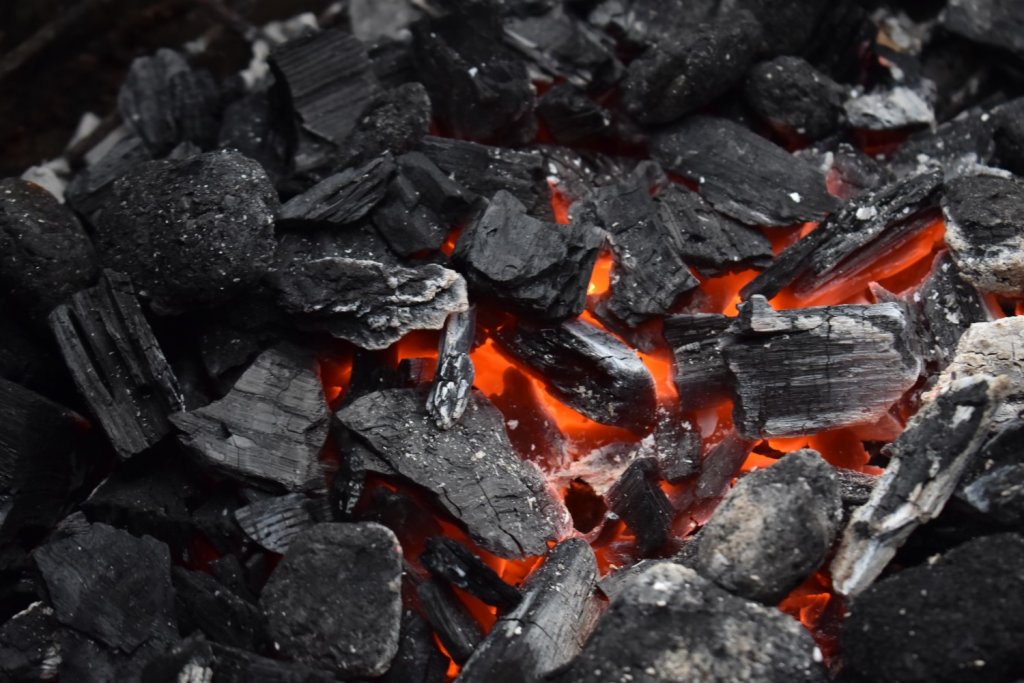
Mar 26, 2022 By Willyou.net
Do Diamonds Come from Coal?
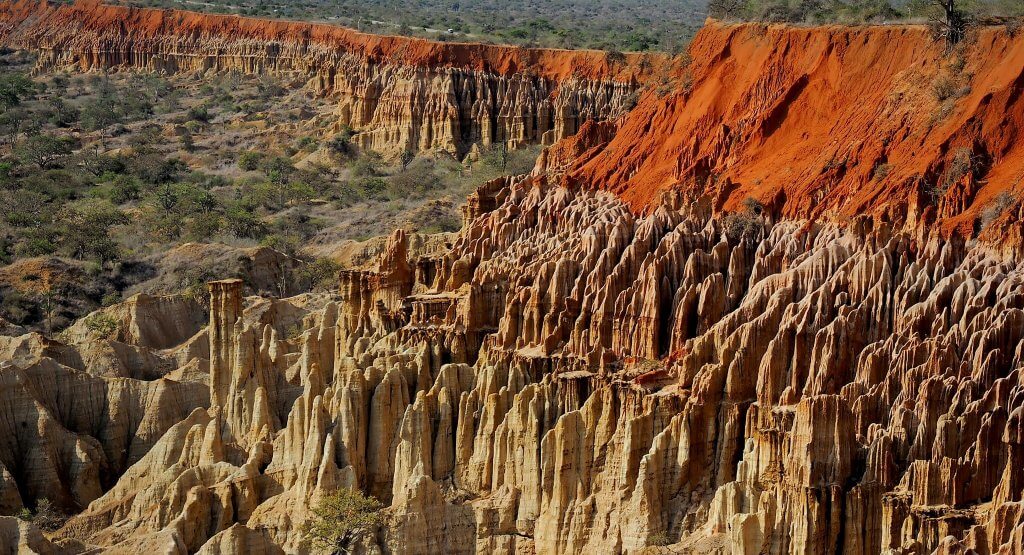
May 19, 2022 By Willyou.net
Angolan Diamonds

